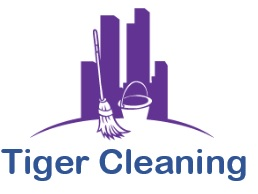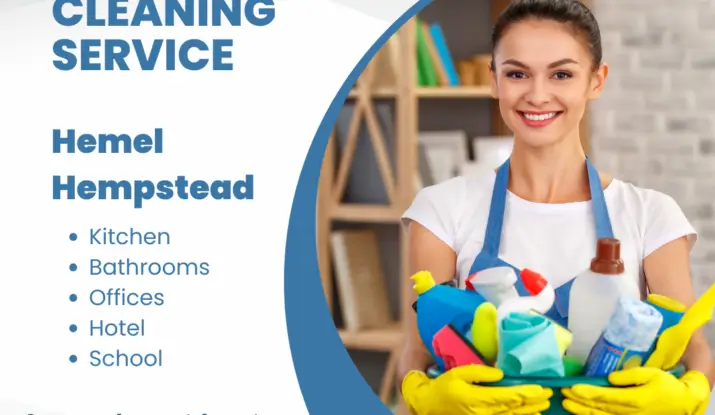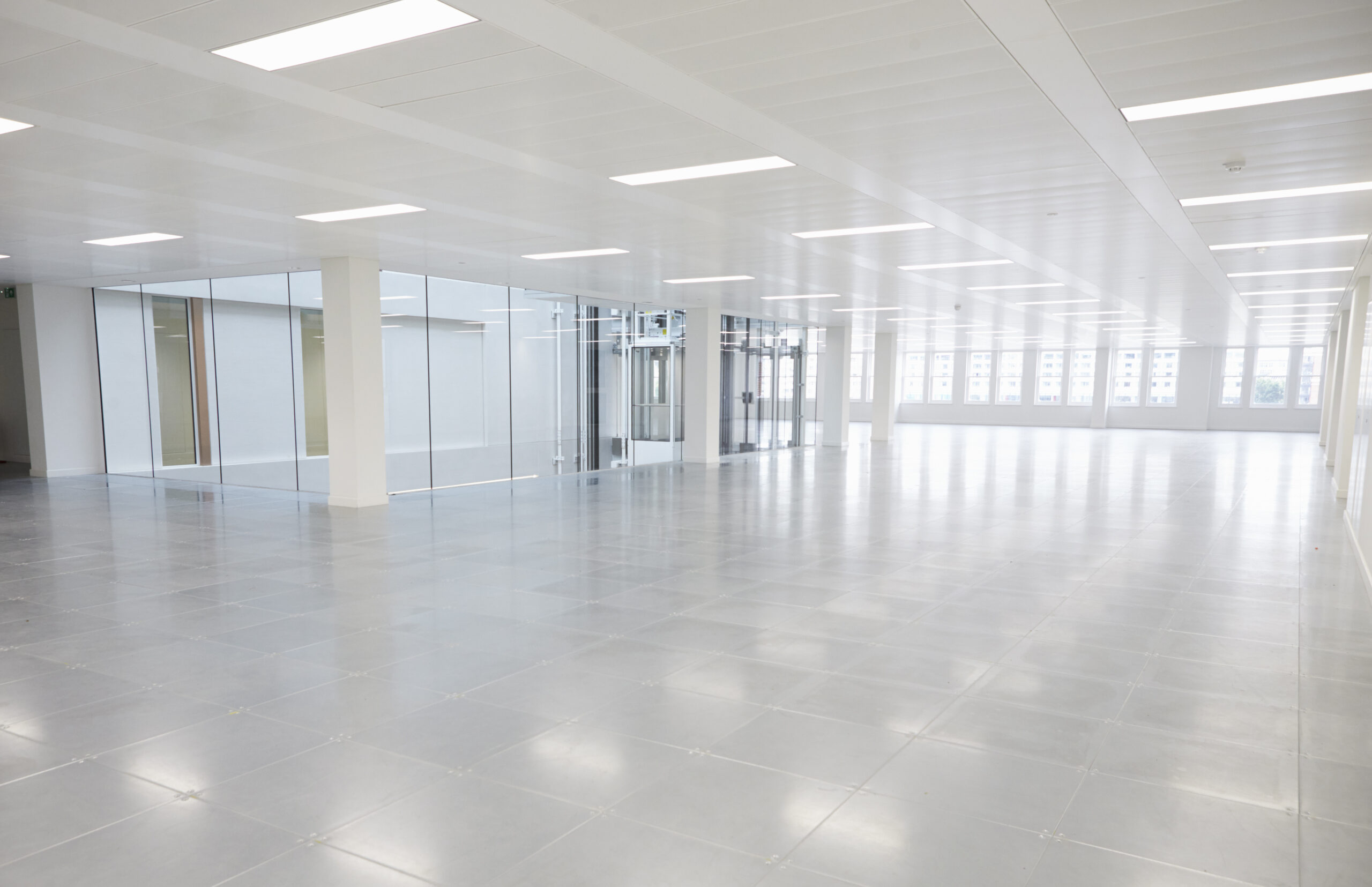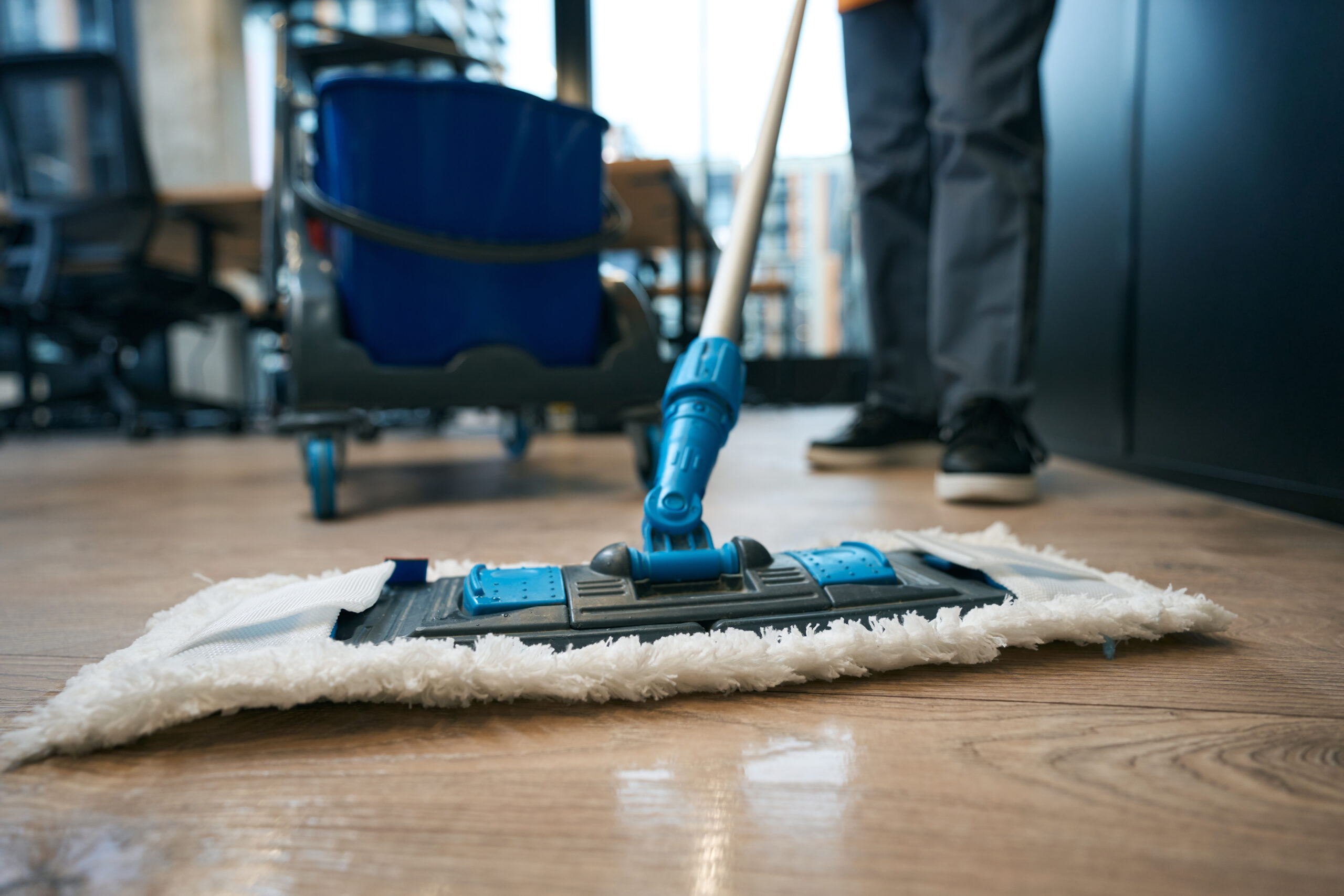Collaboration between school cleaning services and staff is essential for maintaining a hygienic environment. Effective communication, clear roles, and shared goals ensure a seamless partnership, promoting a healthy and conducive learning atmosphere.
Maintaining a clean and sanitized educational environment is crucial for the health and well-being of students and staff. The collaboration between school cleaning services and staff plays a pivotal role in achieving this goal. When both parties work hand in hand, it not only ensures a hygienic setting but also fosters a positive learning atmosphere. Here’s how this collaboration can be optimized:
Clear Communication is Key
Effective Communication Channels: Establish open lines of communication between cleaning services and school staff. Regular meetings and digital platforms facilitate the exchange of information and feedback.
Timely Reporting: Implement a reporting mechanism for both routine cleaning and deep cleaning services. Quick reporting of issues allows prompt action and prevents the escalation of problems.
Defining Roles and Responsibilities
Clearly Defined Tasks: Clearly outline the tasks and responsibilities of cleaning services and school staff. This avoids duplication of efforts and ensures that each party understands their role.
Task Prioritization: Collaboratively determine cleaning priorities. High-traffic areas, classrooms, restrooms, and shared spaces should be given special attention for effective cleaning.
Shared Goals for Hygiene and Safety
Joint Goal Setting: Align the objectives of Best cleaning services with the school’s mission for hygiene and safety. This shared vision motivates both parties to consistently maintain cleanliness.
Regular Training: Conduct joint training sessions on hygiene protocols and procedures. This ensures that all parties are aware of best practices and updates in cleaning methods.
Responsive Problem Resolution
Open Feedback Loop: Encourage school staff to provide feedback on cleaning services. Address concerns promptly and communicate the actions taken to resolve issues.
Adapting to Events: During special events or emergencies, collaborate on adjusting cleaning schedules and methods to ensure a clean and safe environment.
Flexibility and Adaptability
Dynamic Scheduling: Work together to develop a flexible cleaning schedule that accommodates school activities and events without compromising cleanliness.
Seasonal Considerations: Collaboratively plan for seasonal cleaning challenges, such as tackling allergens during spring or preventing the spread of illnesses in winter.
Conclusion
In the realm of education, collaboration between school cleaning services and staff is far more than a routine task; it’s a shared commitment to the health and well-being of students and staff. Open communication, clear roles, and shared goals are the pillars of this partnership. By fostering a collaborative spirit, educational institutions create an environment where cleanliness and safety thrive hand in hand, contributing to a positive and effective learning journey.
Q1: What is the importance of collaboration between cleaning services and school staff?
Collaborative efforts ensure a clean and safe learning environment, promoting student health and a positive educational experience.
Q2: How can effective communication be maintained between cleaning services and school staff?
A: Regular meetings, digital platforms, and timely reporting mechanisms facilitate efficient communication.
Q3: What are the benefits of clearly defining roles and responsibilities?
A: Clear roles prevent duplication, streamline efforts, and ensure that both parties understand their contributions to cleanliness.
Q4: How can cleaning services and school staff adapt to special events or emergencies?
A: By maintaining an open feedback loop and dynamic scheduling, adjustments can be made to cater to unique situations.
Q5: How does collaboration contribute to a positive learning atmosphere?
A: A clean and organized environment enhances student well-being, supports effective teaching, and cultivates a conducive learning atmosphere.







